True Position Tools Cabinet Hardware Jig Review
- April 8, 2024
- 0 comment
The True Position Tools Cabinet Hardware Jig is a precision tool designed to simplify the accurate installation of cabinet hardware, including knobs and pulls. Highly valued by both professional cabinetmakers and DIY enthusiasts, this cabinet hardware jig stands out for its durable anodized aluminum construction. It features a T-square with a center bushing, two adjustable sliding drill guides, a sliding end stop, and a 5mm drill bit for precise drilling. Additionally, the jig is reversible, making it versatile for both left-handed and right-handed cabinet doors. Whether you’re installing cabinet handles or drawer knobs, this tool ensures professional-grade results every time.
Product Specs
- Material: Aluminum
- Brand: True Position Tools
- Color: Black
- Product Dimensions: 17.32″L x 11.42″W
- Exterior Finish: Brushed
What is a True Position Tool?
A True Position Tool is a must-have jig for woodworking and cabinetry, specifically designed to ensure precise and accurate installation of hardware such as handles, knobs, and hinges on cabinets, drawers, and doors. This cabinet hardware installation tool eliminates the guesswork and potential errors of manual measurements, enabling both professionals and DIYers to achieve consistent, professional-grade results with ease. By providing a reliable guide, it ensures that drill holes are perfectly aligned according to the hardware’s specific requirements, saving time and preventing costly mistakes like wood damage or misalignment.
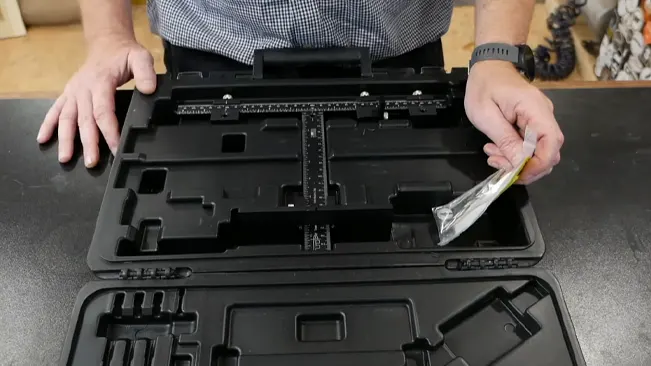
Renowned for its versatility, the True Position jig accommodates various hardware types and sizes, making it adaptable to diverse project needs. Constructed from high-quality materials, these tools are built for durability, ensuring precision even with regular use. Whether you’re working on a kitchen renovation or building custom furniture, this tool simplifies the process and guarantees flawless results.
Features of True Position Tools Cabinet Hardware Jig
Precision and Accuracy
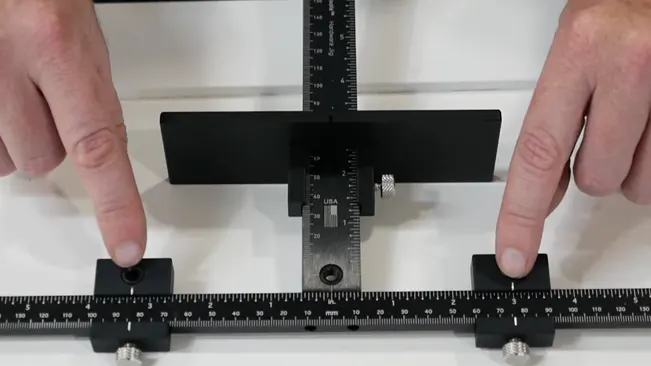
The primary advantage of the True Position Tools Cabinet Hardware Jig is its ability to deliver exceptional precision and accuracy when drilling holes for cabinet hardware. This precision cabinet hardware jig is expertly engineered to align every drill hole with the exact specifications of the knobs, pulls, or handles being installed. It eliminates the errors commonly associated with manual measurements, such as minor misalignments or deviations, which can detract from the final look and functionality of your cabinetry. By ensuring that each hole is drilled in the perfect spot, the jig guarantees a polished, professional finish that enhances the overall quality of your work.
Ease of Use
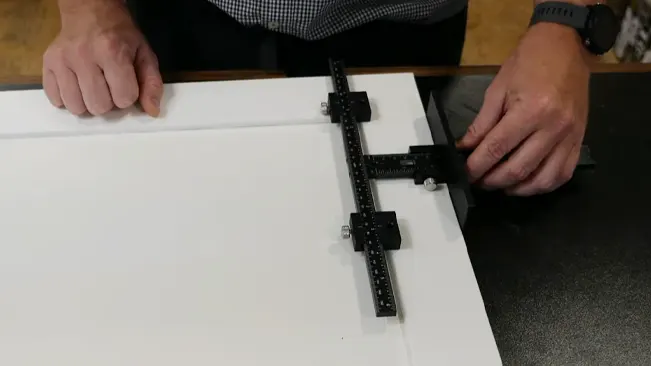
The True Position Tools Cabinet Hardware Jig is crafted for simplicity and user-friendliness, making it an ideal choice for both beginners and experienced DIYers. Its intuitive design streamlines the process of installing cabinet hardware, guiding users through each step with ease and clarity. This cabinet hardware installation tool eliminates the need for specialized skills, empowering anyone to achieve professional-grade results confidently. With a straightforward setup and operation, the True Position jig transforms what might seem like a challenging task into an enjoyable and manageable project. Whether you’re a first-timer or a seasoned craftsman, this tool ensures precision without the stress.
Durability
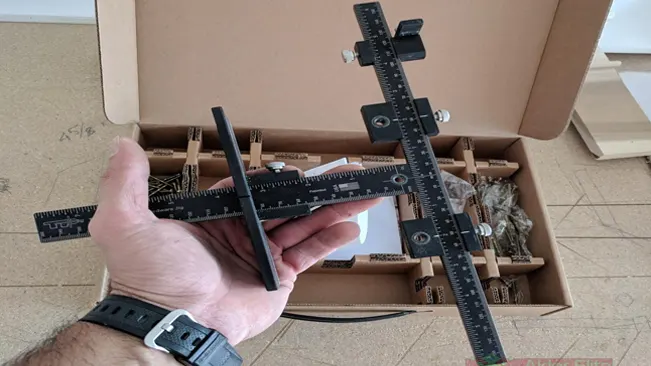
Durability is a defining feature of the True Position Tools Cabinet Hardware Jig, highlighting its exceptional quality and reliability. Built from sturdy materials like anodized aluminum, this cabinet hardware tool is engineered to withstand the demands of frequent use without compromising precision. Its robust construction ensures consistent, accurate results across multiple projects, making it a long-lasting addition to any tool collection. For both professional carpenters and DIY enthusiasts, the investment in this durable tool guarantees reliability and longevity, providing value for years to come.
How to Use a Cabinet Hardware Jig
Preparation
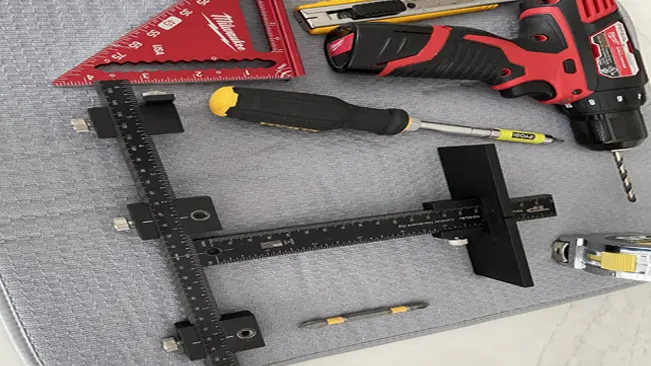
Begin by assembling all the tools and equipment you’ll need, including the True Position Tools Cabinet Hardware Jig, a power drill, compatible drill bits, and the hardware you plan to install. Set up a clear and organized workspace, laying out the cabinet doors or drawers to ensure easy access and efficient workflow. This preparation step is essential for a smooth installation process, helping you stay organized and focused while using this cabinet hardware installation tool to achieve precise results.
Adjust the Jig
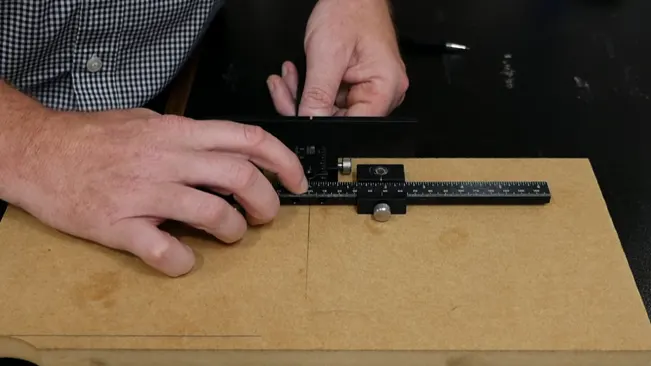
Carefully adjust the True Position Tools Cabinet Hardware Jig to match the size and spacing specifications of your hardware. This step is crucial, as it determines the precision of your installation. The jig’s built-in rulers and measurement markings allow you to set the exact distance between drill holes and the edges of the cabinet doors or drawers with ease. Take your time during this process to ensure the settings are perfectly aligned to your hardware requirements. Using this cabinet hardware tool, you can achieve consistent and professional-grade results.
Mark the Spot

Determine the precise location for your hardware based on either aesthetic preferences or functional requirements. Once you’ve decided, use a pencil to lightly mark the spot on the cabinet door or drawer. These markings act as a visual guide, ensuring the True Position Tools Cabinet Hardware Jig is accurately aligned. By taking this step, you can achieve consistency and uniformity across multiple installations, resulting in a polished and professional finish.
Position the Jig
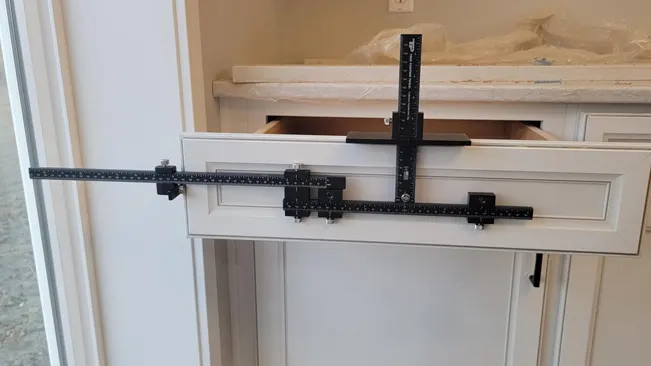
Align the True Position Tools Cabinet Hardware Jig with the marks on the cabinet door or drawer, ensuring it matches the intended hardware position. Take care to confirm that the jig is perfectly level to prevent angled or misaligned holes. This cabinet hardware tool often includes helpful features such as clamps or magnets to secure it in place, minimizing movement during drilling. By properly positioning the jig, you can guarantee accurate and professional-looking results every time.
Drill the Holes

With the True Position Tools Cabinet Hardware Jig securely in place, insert the drill bit into the jig’s guide holes and begin drilling. Ensure the drill remains steady and perpendicular to the surface to prevent angled holes, which can lead to misaligned hardware. Apply consistent pressure as you drill to achieve clean and precise holes. The True Position jig acts as a reliable guide, ensuring accurate drilling that matches your preset measurements for flawless hardware installation.
Tips for Best Results
- Double-Check Measurements: Before drilling, double-check the jig’s settings and the position on the cabinet to ensure everything aligns with your hardware’s specifications and your desired placement.
- Use Sharp Drill Bits: Ensure your drill bits are sharp and the correct size for the hardware screws. This will make the drilling process smoother and help prevent wood from splintering.
- Maintain Stability: Keep the jig and the cabinet surface stable while drilling. Any movement could offset the hole positions.
- Test on a Scrap Piece: If possible, practice drilling holes using the jig on a scrap piece of wood. This can help you get a feel for the tool and make any necessary adjustments before working on your actual cabinets.
- Clean as You Go: Clear away any sawdust or debris after drilling each set of holes. Keeping the work area clean helps maintain visibility and accuracy for subsequent installations.
Table Comparison
| Feature | True Position Tools Cabinet Hardware Jig | Kreg Cabinet Hardware Jig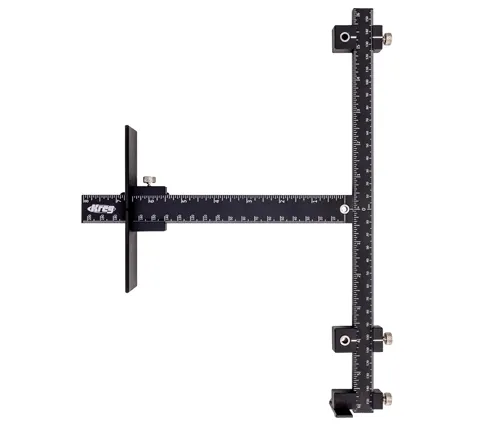 |
|---|---|---|
| Precision & Accuracy | Exceptional precision, suited for high-detail projects | Good accuracy, ideal for DIY and less demanding professional tasks |
| Ease of Use | Clear instructions, adjustable, but with a slight learning curve for beginners | User-friendly and intuitive, great for DIYers |
| Durability | High-quality materials, built for frequent and long-term use | Durable with steel and plastic components, but may not withstand heavy professional use as well |
| Versatility | Highly adaptable for various projects and hardware sizes | Versatile for different hardware sizes, but slightly less adaptable for highly specialized tasks |
| Price Point | Higher, reflecting professional-grade design and durability | More affordable, offering great value for DIYers and less intensive tasks |
Summary
When comparing the True Position Tools Cabinet Hardware Jig and the Kreg Cabinet Hardware Jig, the choice depends on your specific needs and project complexity. The True Position jig excels in precision, durability, and versatility, making it a top choice for professional carpenters and those tackling intricate or high-volume projects. Its professional-grade build justifies the higher price, ensuring long-term reliability and accuracy across various applications.
In contrast, the Kreg Cabinet Hardware Jig is celebrated for its affordability and user-friendly design, making it ideal for DIY enthusiasts and simpler projects. While it delivers solid accuracy and durability, it may not withstand heavy use or offer the same precision as the True Position Tools jig for specialized installations.
Ultimately, the decision comes down to project demands, required precision, and budget. For frequent, complex installations, the True Position Tools Cabinet Hardware Jig is a worthwhile investment in professional-grade quality. The Kreg jig, however, is a cost-effective and reliable option for everyday tasks and DIY projects.
Pros and Cons of True Position Tools Cabinet Hardware Jig
Pros
- Accurate & Easy: Ensures perfect hardware placement every time, even for beginners.
- Saves Time: Avoids measuring and marking, streamlining installation.
- Versatile: Works with various hardware sizes and door/drawer styles.
- Durable: High-quality materials and a lifetime warranty on bushings.
Cons
- Cost: Can be pricier than measuring and marking manually.
- Limited Use: Primarily for cabinet hardware installation, not a general-purpose tool.
- Size: May not be suitable for very small cabinet doors or drawers.
Maintenance and Care Tips
- Clean After Use: Always clean your tools after each use. Remove dust, wood chips, and any other debris. For metal parts, a dry cloth can be effective. If necessary, use a soft brush to get into crevices. Avoid using water or liquid cleaners unless specified by the manufacturer, as moisture can lead to rust.
- Lubricate Moving Parts: If your tool has any moving parts or adjustments, keep them lubricated with a suitable lubricant. This reduces friction, prevents wear, and ensures smooth operation. Be sure to use the lubricant sparingly to avoid attracting dust and debris.
- Check for Wear and Damage: Regularly inspect your tools for signs of wear or damage. Look for issues like bent parts, loose components, or dull drill guides. Addressing these issues early can prevent further damage and ensure your tool continues to operate accurately.
- Store Properly: Store your tools in a dry, dust-free environment to prevent rust and corrosion. If the tool came with a case or protective cover, use it. Proper storage also protects the tool from accidental damage and keeps it clean and ready for the next use.
- Follow Manufacturer’s Instructions: Always refer to the manufacturer’s instructions for specific maintenance and care guidelines. These instructions can provide important details on cleaning, lubricating, and storing your particular tool.
- Avoid Drops and Impacts: Precision tools are often finely calibrated. Dropping them or subjecting them to impacts can knock them out of alignment. Handle your tools with care, and avoid placing heavy objects on top of them.
- Sharpen Drill Bits: If your tool involves drilling, ensure the drill bits are sharp. Dull bits can lead to inaccurate drilling and may even damage the tool or workpiece. Replace or sharpen bits as needed.
- Tighten Adjustments: Before each use, ensure all adjustable parts are tightened and secure. This prevents the tool from slipping or moving during use, which could lead to inaccuracies or injury.
Conclusion
The True Position Tools Cabinet Hardware Jig stands out as a premium tool that seamlessly combines precision, durability, and versatility. Perfect for both professionals and dedicated DIYers, it ensures accurate, professional-grade results with every use. Its robust construction guarantees long-term reliability, while its adaptability to various projects makes it an indispensable tool for high-quality cabinetry work. Whether you’re enhancing functionality or elevating aesthetics, this cabinet hardware installation tool is a valuable investment for any woodworking or cabinetry enthusiast.
FAQs
- What makes the True Position Tools Cabinet Hardware Jig stand out from other jigs?
The True Position Jig is renowned for its exceptional precision, durability, and versatility, making it a favorite among professionals and serious DIY enthusiasts. Its robust design ensures accurate, consistent results across a variety of project types. - Can beginners use the True Position Tools Cabinet Hardware Jig effectively?
Yes, while the jig is a professional-grade tool, it comes with clear instructions and is designed for ease of use. Beginners can achieve professional-looking results with a bit of practice. - Is the True Position Tools Cabinet Hardware Jig suitable for all types of cabinets and drawers? Absolutely, the jig’s versatility allows it to be used on a wide range of cabinetry and drawers, making it a highly adaptable tool for different projects.
- How do I maintain my True Position Tools Cabinet Hardware Jig?
Regular cleaning after use, proper storage in a dry place, and occasional lubrication of moving parts will help maintain the jig’s performance and longevity. - Where can I purchase a True Position Tools Cabinet Hardware Jig?
The jig can be found at most professional hardware stores or online retailers that specialize in woodworking and cabinetry tools.

Joel Cunningham
Forestry AuthorI'm Joel Cunningham, an expert in pruning and weed management with over a decade of experience. My skills are rooted in formal training and extensive practice, focusing on advanced pruning techniques and efficient weed control. I'm known for my quality work, precision, and deep understanding of plant health and soil dynamics. My contributions extend to educational initiatives where I share sustainable practices and advice, establishing myself as a reliable and authoritative figure in the gardening community.


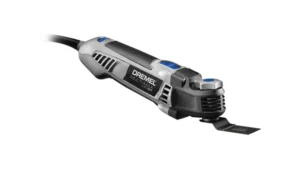

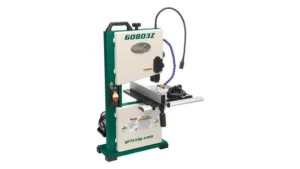

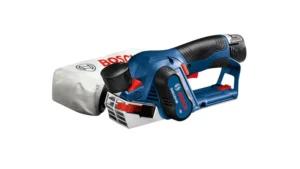
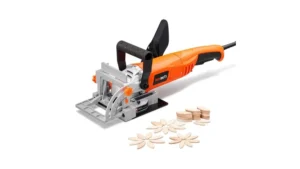

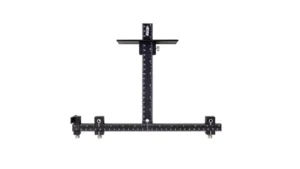
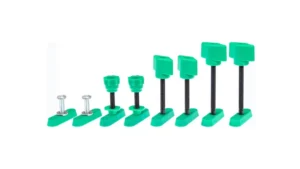
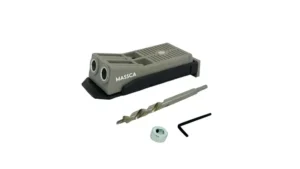
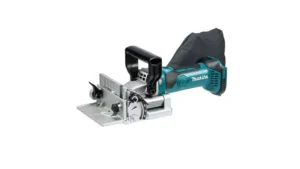

Leave your comment